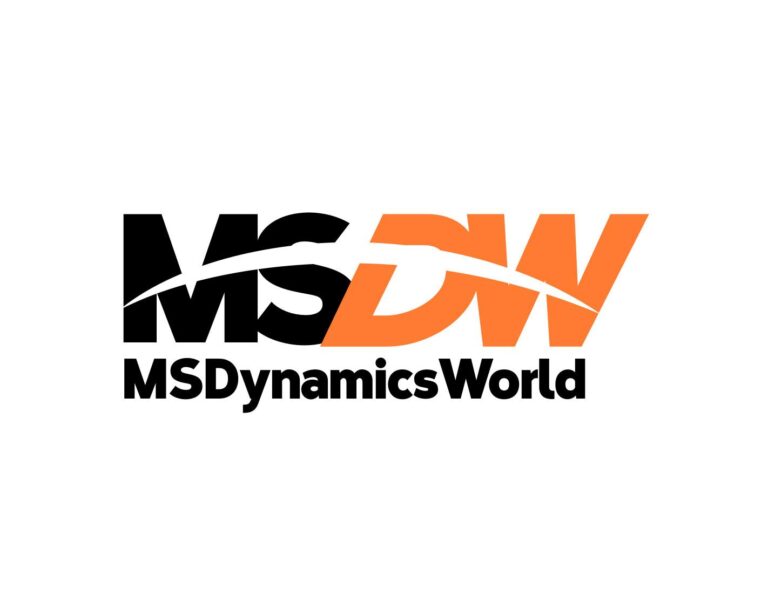Are you a third-party CRM user and planning to implement a Salesforce CRM? Or, do you want to switch from Salesforce to the Salesforce Lightning version? Whatever the case might be, now is the right time. This blog tells you the benefits of migrating from Classic to Salesforce Lightning. It further talks about the key challenges during the migration process and how to overcome them.
An intuitive component-based framework, Salesforce Lightning is designed to improve productivity, enhance user experience, and accelerate its digital transformation initiatives. No doubt why firms across the globe are migrating from third-party CRM and Salesforce Classic to Salesforce Lightning— it has become immensely popular in today’s market because of the various benefits. Hence, making the transition to Salesforce Lightning has become imperative for every enterprise that aims to maximize its Salesforce investment.
However, migration is easier said than done. It is a challenging process where either migration experts or experienced Salesforce partners can help you out with a seamless transition.
Benefits of Migrating from Classic to Salesforce Lightning
If your organization hasn’t yet upgraded to Salesforce Lightning, then you are missing out on an outstanding library with exclusive features and an interactive UI. Designed using Salesforce’s mobile application technology, Salesforce Lightning has a responsive interface that efficiently works on different devices. Other than this, the features such as Kanban View and customizable dashboards offer faster navigation, enhancing the intuitive user experience.
Going forward, the benefits of Salesforce Lightning implementation are not only limited to enhancing end-user experience but also offer outstanding back-end design systems as well as components that enable the developers to customize Salesforce CRM with low-code frameworks.
Apart from the ones mentioned above, Salesforce Lightning is committed to providing the following advantages as listed here:
-
Additional Einstein Functions
The Lightning version of Salesforce CRM has extended Einstein features incorporated with AI meant for various sales functions. This enables the employees to get better account insights along with real-time access to customers’ data. As a result, data management based on event activity becomes easier and provides the opportunity to get insights for predicting deal closures.
![]() Don’t forget to check out: All You Need to Know About Lightning-tabset and Lightning-tabs in Salesforce
Don’t forget to check out: All You Need to Know About Lightning-tabset and Lightning-tabs in Salesforce
In contrast to the Classic version of Salesforce, Lightning offers recommendations based on recent as well as matching records on different objects. As a result, this boosts the finding process for individual data points.
You can experience the amazing benefit of real-time access to the task list for each account, lead, opportunity, and contact with Salesforce Lightning. The timeline feature offers you complete information regarding open tasks, upcoming meetings, recent accomplishments, and much more.
As compared to Classic, the new version of Lightning components gives more importance to security. These components need less coding, reducing the chances of security breaches. ‘Locker Services’ is one of the security features to prevent malicious attacks by separating the Lightning components to make no communication with each other. The user permissions are managed through higher authority access which needs a separate sign-in.
Key Challenges of Salesforce Lightning Migration
Businesses of varying sizes and scopes are migrating from Classic to Salesforce Lightning due to its outstanding functionalities and features. However, migrating from the Salesforce Classic version to advanced Lightning comes with various challenges as listed below:
No doubt, Salesforce Lightning is an advanced version, but it doesn’t mean that you should go for it without the right approach—hence, wrong timing becomes one of the major challenges during the Salesforce Lightning adoption. Enterprises might face delays in their ongoing projects if they start migrating without deciding the correct time and proper planning. This may create a negative impact on your clients as well as hamper your business reputation. So, make sure you are prepared for it and are clear about how long it will take before you execute the Salesforce Lightning Migration.
-
Customization Complications
Salesforce offers exceptionally high flexibility to meet unique business needs. Many organizations are leveraging a highly customized version of Salesforce Classic that includes a lot of things such as a custom homepage or custom objects to name a few. The higher the range of customizations, a lot more complications during the migration process, ultimately leading to various challenges including performance, feature redundancy, and so on.
-
Absence of the Right Strategy
Other than the issues mentioned above, the absence of a well-prepared strategy also possesses a big challenge during the Salesforce Lightning implementation. This not only impacts your team members’ projects, performance, and Salesforce functionality but also requires more time for migration.
![]() Check out another amazing blog by Alok here: Optimize Costs and CRM With Salesforce Managed Services
Check out another amazing blog by Alok here: Optimize Costs and CRM With Salesforce Managed Services
-
Affect Performance Health
Enterprises are majorly adopting Salesforce Lightning to enhance their productivity levels; however, Salesforce Lightning post-migration can lead to certain performance issues for the business. The performance issues consist of high loading time, complications in navigation, scalability issues, and so on. So, it is critical to perform a Salesforce org. health assessment before the migration process to identify areas that cause roadblocks or uncover other glitches in the workflow.
This is another inevitable challenge for companies as some team members don’t know how to use the lightning; thus, impacting their work. It can adversely affect the daily operation of the business. Or else, your team members might start to fall back. It is vital to conduct training sessions before adopting the new Salesforce Lightning CRM for the teams based on the functionality they need to use.
In the End…
Apart from the above-mentioned challenges of third-party to Salesforce or Salesforce Classic to Lightning transition, there are many other challenges that organizations face during the migration process. But it becomes easy to overcome such potential challenges by using the right migration approach. A few challenges cannot discourage the enterprise from adopting the Lightning platform as it is equipped with outstanding features as well as benefits for any business.
So, if you also want to migrate from Salesforce Classic to advanced Lightning experience but don’t have the required skill sets, connect with a reliable Salesforce migration company to make the process smooth and successful for your business. They are backed by a highly experienced team of Salesforce migration professionals and Lightning experts who can help you in every step as well as assure that you get complete benefits for your business.






